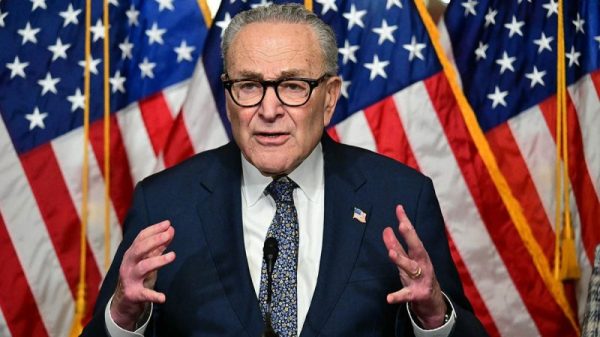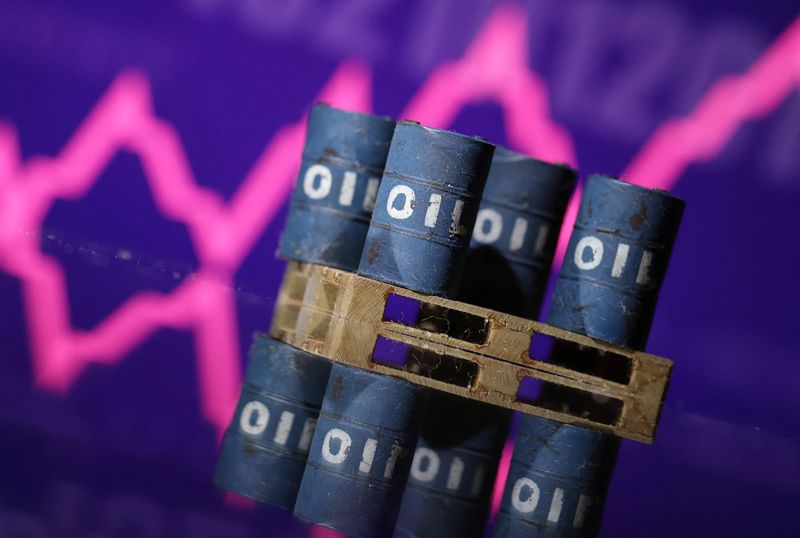
Capital Economics released an update concerning Saudi Arabia’s public debt burden and its potential trajectories based on varying oil price scenarios. The report highlighted the Kingdom (TADAWUL:4280)’s significant reliance on hard currency debt issuances in recent years, which has been used to finance budget deficits following the oil price collapse between 2014 and 2016.
Saudi Arabia’s government debt-to-GDP ratio surged from under 2% in 2014 to 31% by 2020, and while the ratio has since stabilized, the Kingdom remains the largest international dollar bond issuer among emerging markets since the beginning of 2022.
Despite a current debt-to-GDP ratio of 29.6%, which is considerably lower than the emerging market average of around 70%, Capital Economics warns of potential increases in the debt ratio if oil prices decline more than the Saudi government’s projections.
The 2025 Budget from Saudi Arabia indicates that budget deficits will persist, with domestic and international debt issuances as the primary financing method. Earlier this year, the National Debt Management Centre’s 2025 Borrowing Plan was followed by a highly successful $12 billion international bond issuance.
Capital Economics’ analysis includes several scenarios based on different oil price levels. The public debt-to-GDP ratio is projected to decrease only if oil prices remain above $80 per barrel. However, under the firm’s central scenario, where oil prices drop from $80 per barrel today to $55 per barrel by 2027-2030, the Saudi public debt-to-GDP ratio could climb to 50% by 2030 and 60% by 2033, shifting the country’s sovereign risk from low to moderate.
A more severe scenario, with oil prices falling to $40 per barrel without other changes, could see the public debt-to-GDP ratio nearly double to almost 90% by 2030. Nonetheless, if Saudi Arabia increases oil production to 12.0 million barrels per day, which is 35% higher than current levels, and if oil prices were at $40 per barrel, the debt ratio would approach 80% by the end of the decade.
This article was generated with the support of AI and reviewed by an editor. For more information see our T&C.

































